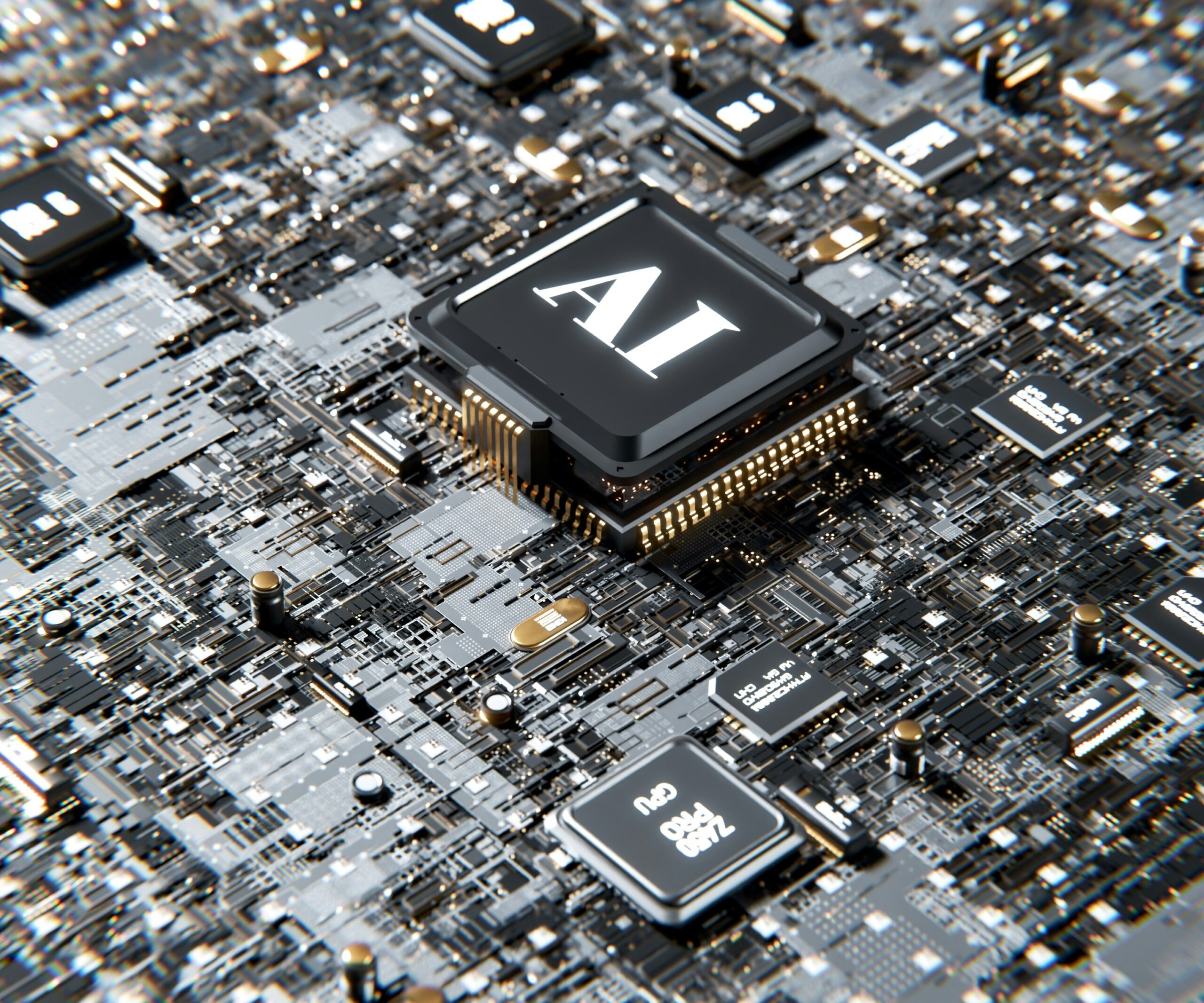Industrial growth has always been driven by new innovations that enhance shop floor productivity. In the late 1980s and early 1990s, Toyota’s introduction of Lean manufacturing principles revolutionized productivity—principles still in use today. The turn of the millennium brought advancements like computing clusters and cloud computing. Yet, with industrial productivity growth stagnating at just 0.5% annually, a breakthrough is needed. Enter industrial edge computing.
This article will cover:
- What industrial edge computing is
- The benefits of industrial edge computing
- How industrial edge computing can improve productivity
What is Industrial Edge Computing?
Edge computing involves processing data at or near its source, rather than relying on a centralized network or cloud. This means data can be captured and processed immediately at the “edge”—whether that’s a standalone computer, device, or machine.
In the industrial context, edge computing refers to managing data through smart edge devices in smart factories and equipment. Instead of sending data to the cloud for processing, devices like IIoT (Industrial Internet of Things) sensors analyze and act on data in real time at the edge. Depending on the importance of the analysis, some data can be sent to the cloud for deeper evaluation or integration into larger systems.
By bypassing the cloud for certain decisions, industrial edge computing offers significant advantages, such as faster decision-making, improved security, and enhanced analysis speeds. This makes it a key driver for adopting Industrie 4.0 models across manufacturing.
Benefits of Industrial Edge Computing
Consider the example of an automated guided vehicle (AGV) tasked with delivering materials across a factory floor. For the AGV to navigate successfully, it must process real-time data on its environment, adjusting to new obstacles or areas with limited network access. While it could use mobile networks to access the cloud, it’s far more efficient for the AGV to process this data onboard. This is the core advantage of edge computing—real-time processing at the source.
The benefits extend across several areas, including:
Enhanced Security
An automated vehicle generates around 40TB of data during an eight-hour shift. Sending such vast amounts of data to the cloud creates potential cybersecurity vulnerabilities. Edge computing addresses this by analyzing and acting on data locally, reducing the need to transmit sensitive information.
Cost Efficiency
Transferring large, unimportant data sets to the cloud is expensive. Edge computing allows organizations to keep temporary data at the source, only sending critical information to the cloud when necessary. This reduces both costs and data-transfer overheads.
Predictive Maintenance
Edge devices like sensors and controllers can monitor equipment health in real time, reducing downtime and costly repairs through predictive maintenance. Machines can make decisions without needing cloud input, preserving their functionality and preventing failures.
Lights-Out Manufacturing
The ability to make real-time decisions without human input could eventually lead to “lights-out” factories, where automation runs operations 24/7. This could reduce accidents and downtime caused by human error.
Why Industrial Edge Computing is Key to Industrie 4.0
The benefits of industrial edge computing make it vital for automating manufacturing processes and adopting Industrie 4.0 principles. This is especially true for brownfield facilities (older plants that still rely on legacy systems). Edge technologies can be integrated into these facilities, enabling even outdated equipment to generate data and make decisions in real time.
The low latency, high bandwidth, and reliable computing offered by edge solutions can create an “always on” ecosystem, enhancing productivity and extending the life of older equipment.
Conclusion
Industrial edge computing is poised to significantly boost manufacturing productivity, working alongside cloud computing to bring real-time processing to the shop floor. While edge computing handles localized tasks and real-time decisions, cloud computing manages larger-scale data analysis and operations. Together, they represent the future of industrial efficiency—much like how two hands work together to complete a task.

